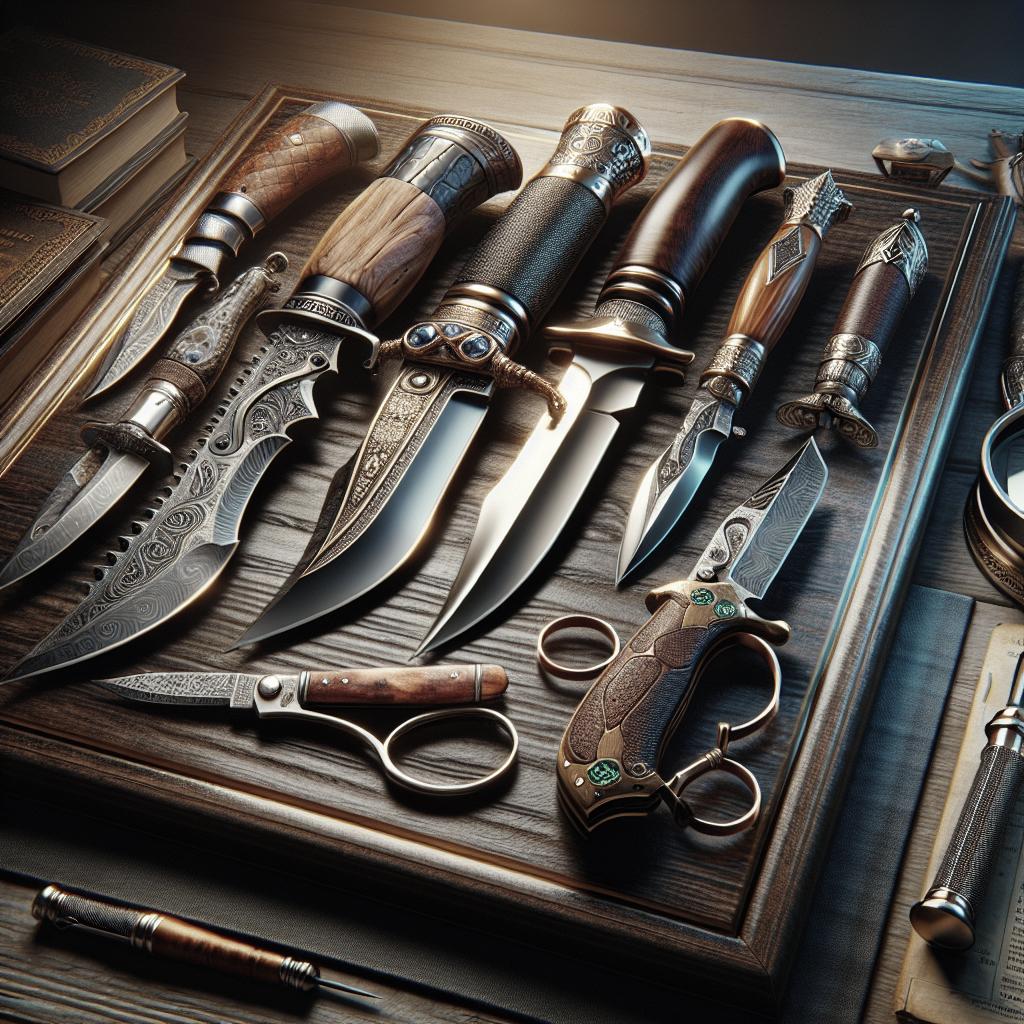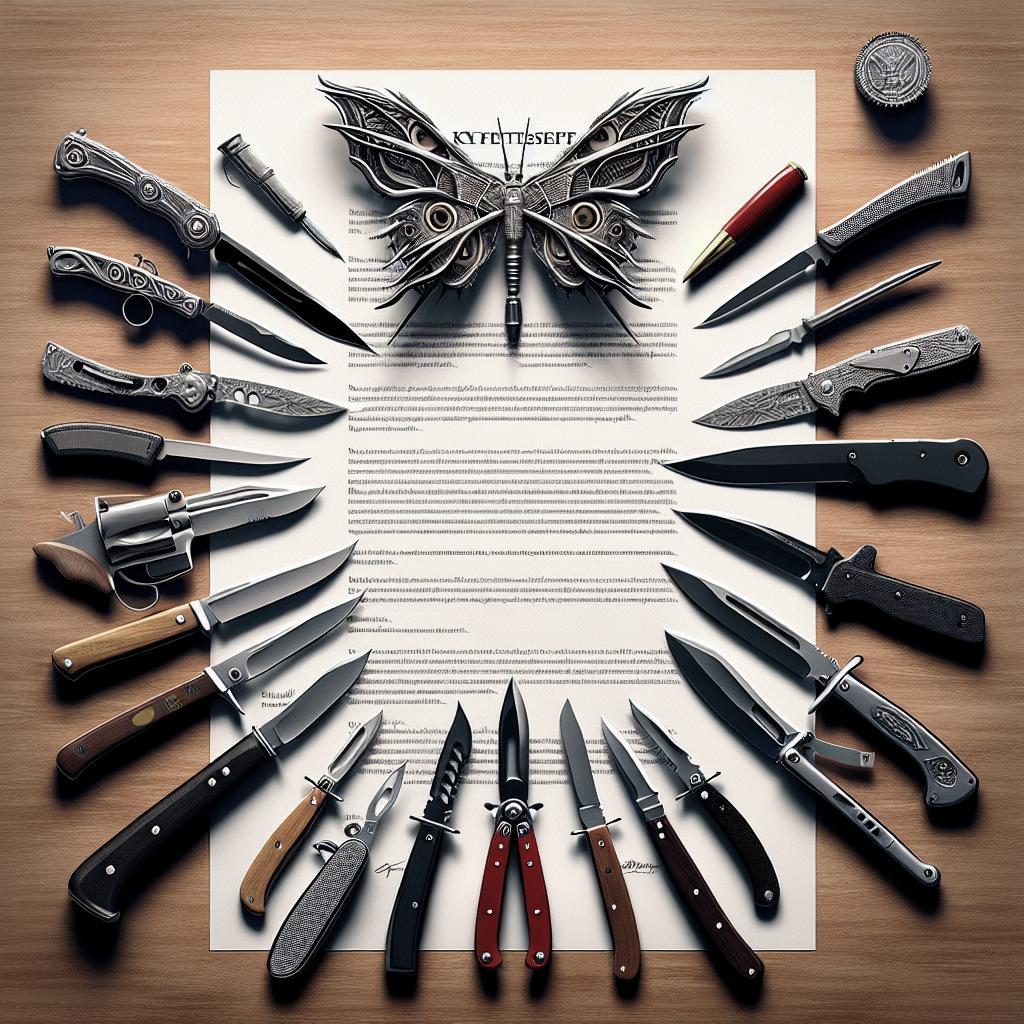History of Traditional Knife Designs
Knives have been an essential tool throughout human history, serving as instruments for survival, craftsmanship, and expression of identity. Within the rich tapestry of cutlery, American knife designs hold a unique position characterized by innovation and iconic styles. This blog post delves into the journey of American knives, exploring how they shaped cultural identities and adapted over time. Whether you’re a knife aficionado or a curious historian, you’ll discover how these quintessential tools came to be and continue to evolve in the present day.
Are these the best American knives? Maybe, maybe not. One thing is for sure, these are some of the blades most closely associated with the good ol’ USA.
American Designs Come Into Their Own
The evolution of American knife designs is a tale intertwined with the country’s history and expansion. Early settlers brought European knife styles with them, but the need for practicality in the rugged American wilderness led to adaptations. These early knives were tools for survival and sustenance, essential in pioneering life. Knives like the Bowie knife emerged, characterized by their large, fixed blades and prominent hilt.
As the American frontier expanded, knife makers began to experiment with new materials and methods. The resources available in America, combined with the needs of its growing population, spurred innovation. Steel production advancements and the desire for durable, multipurpose tools led to the development of unique American knife designs.
Quintessential American Knives
One of the most enduring American knife designs is the Buck knife, renowned for its versatility and durable design. Developed in the mid-20th century, the Buck knife continues to be a favored choice for hunters and outdoor enthusiasts. Its foldable design set a standard for pocket knives, making it a staple in American households.
The Swiss Army knife, although not of American origin, also saw significant adoption in the United States due to its multi-functionality and compact form. American companies soon followed suit with their versions, producing multitools that became essential for outdoor activities and general use alike.
American Knife Innovation
The rise of tactical and survival knives during the 20th century marks a significant period in American knife innovation. These knives were designed with a focus on tactical applications and durability, often featuring high-carbon stainless steel and ergonomic grips. The Gerber LMF and Ka-Bar USMC knives are notable examples, gaining reputations for their reliability in challenging conditions.
In recent years, the integration of technology has ushered in new materials and design philosophies. Knife makers are incorporating elements like carbon fiber handles and cutting-edge locking mechanisms, broadening the practical applications of knives in American culture.
Final Cut
American knives reflect the adaptability and pioneering spirit of their makers. While influenced by global designs, these knives have evolved to become symbols of American practicality and innovation. Whether used for everyday tasks or specialized purposes, they capture the essence of American history and craftsmanship in each blade.
Understanding the heritage of these traditional knife designs offers insight into both past and present American culture, illustrating the intersection between utility and identity that these blades represent. As we look to the future, these knives continue to be refined, balancing tradition with modern demands.
More Knife History:
Diving deeper into the history of knives, one discovers the profound cultural significance and diverse evolution of blades across the world. From samurai swords in Japan to the versatile machetes of the Caribbean, each culture has utilized available materials and techniques to craft knives that suit their unique environments and needs. These designs provide a window into the daily lives and sociopolitical dynamics of their eras.
American knives stand out for their backstory within migration narratives and industrial advancement, which continue to propel their ongoing transformation. Enthusiasts and collectors alike appreciate the craftsmanship and stories behind each blade, finding new ways to celebrate and preserve this part of human ingenuity.
NEXT STEP: Download Your Free KNIFE GUIDE Issue of BLADE Magazine.
For those keen on expanding their knowledge of knives, downloading a free issue of BLADE Magazine’s KNIFE GUIDE can offer insightful articles, reviews, and expert tips. Whether you’re an aspiring collector or a knife-making enthusiast yourself, this guide serves as a rich resource for understanding the nuances of knife craft and trends in the industry.
Packed with information on both traditional and contemporary designs, the KNIFE GUIDE provides readers with a comprehensive overview of the way knives have shaped human civilization. It’s a must-read for anyone looking to deepen their appreciation for these indispensable tools.
Summary of Main Points
| Section | Content |
|---|---|
| American Designs Come Into Their Own | Exploration of how American knife designs emerged from practical adaptations in frontier life, leading to innovation. |
| Quintessential American Knives | Discussion on iconic American knives like the Buck knife and their impact on daily and outdoor activities. |
| American Knife Innovation | Description of the technological and material advancements in modern American knives. |
| Final Cut | Reflection on the historical and cultural significance of American knives and their continued evolution. |
| More Knife History | Insight into the global context of knife designs and what they reveal about different cultures. |
| Download Your Free KNIFE GUIDE | Promotion of a resource offering detailed information on knives for enthusiasts and collectors. |


